Horses come in a huge variety of colors. The most common horse coat colors are chestnut, which is an all-brown horse, bay, which is a brown horse with a black mane and tail, and grey, which is a white or grey horse. Paints, buckskins, and palominos are less common, but you still see them every now and again.
Some of the horses on this list have coats that are totally unique. Keep reading to see a horse of a different color— and one horse that has an identifying mark that literally spells things out for you.
Does This Pinto Horse Remind You Of Another Animal?
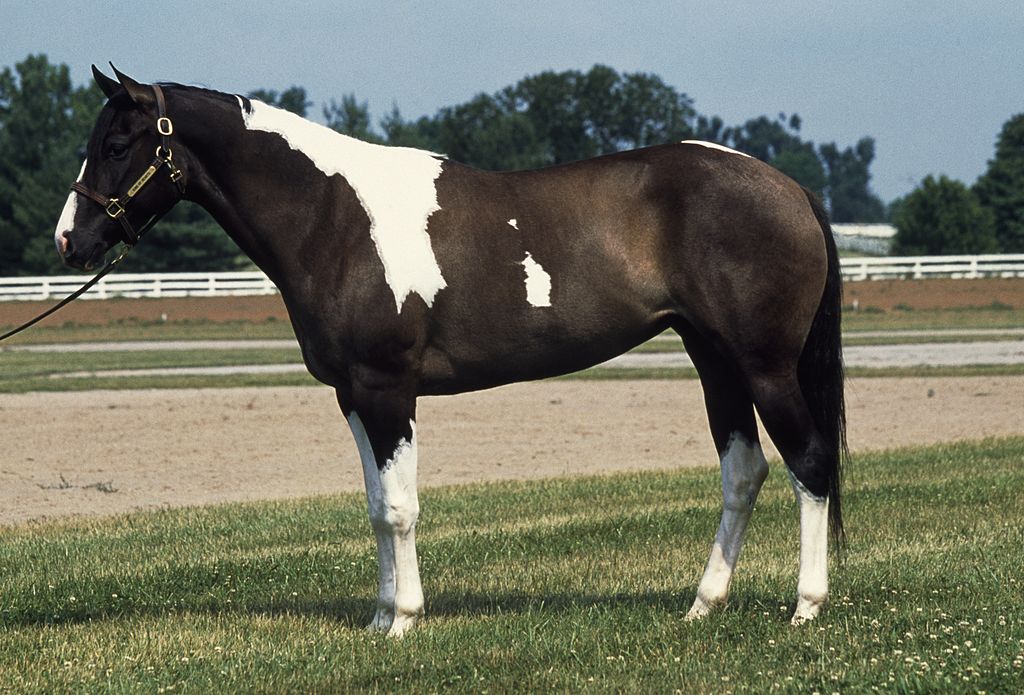
Sponsored Links
We’re going to start with a basic horse coat color. This is a pinto. A pinto horse has a coat that’s partly white and partly another darker color. They almost resemble cows when they’re black and white or brown and white.
Sometimes these horses are called “paints,” but, fun fact, not all paints are pintos. Some are mixed breeds with pinto coloring. Most paints are actually part quarter horse or part thoroughbred.
The Sabino Gene Is Quite Unique
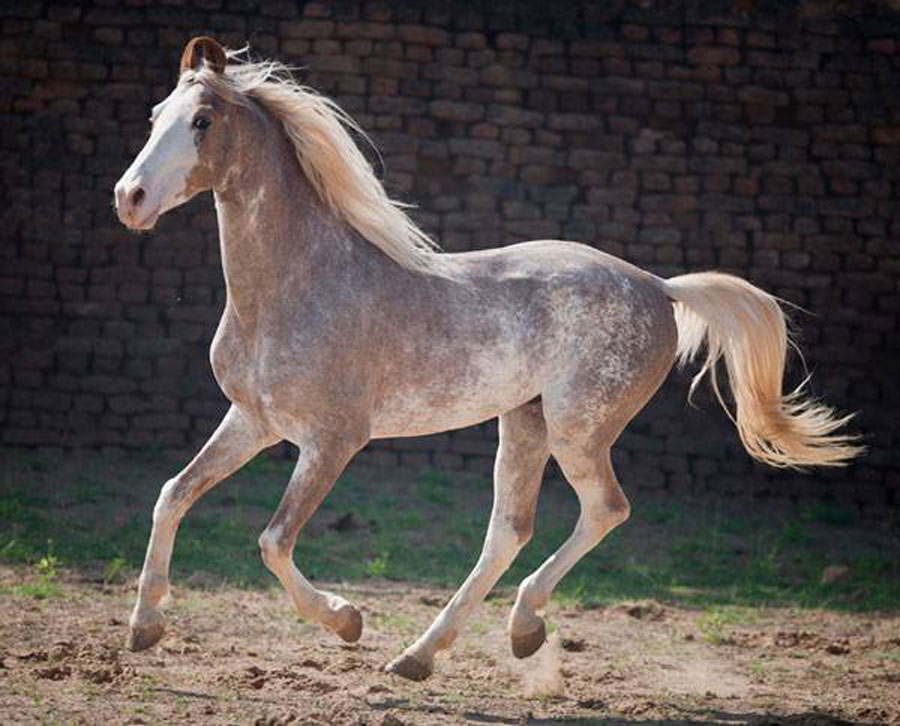
“Sabino” refers to a specific spotting pattern that appears on horses’ coats. The spotting is always white and it’s produced by a specific gene known as the Sabino 1 gene. There is actually a DNA test to find out if a horse is truly a sabino, or if it’s just a roan. We’ll see roan horses later on in this article.
Sabino horses only roan in certain areas of their skin— usually around the face and belly. Roan horses have white fur all throughout their coats.
A Red Roan Isn’t Really Red
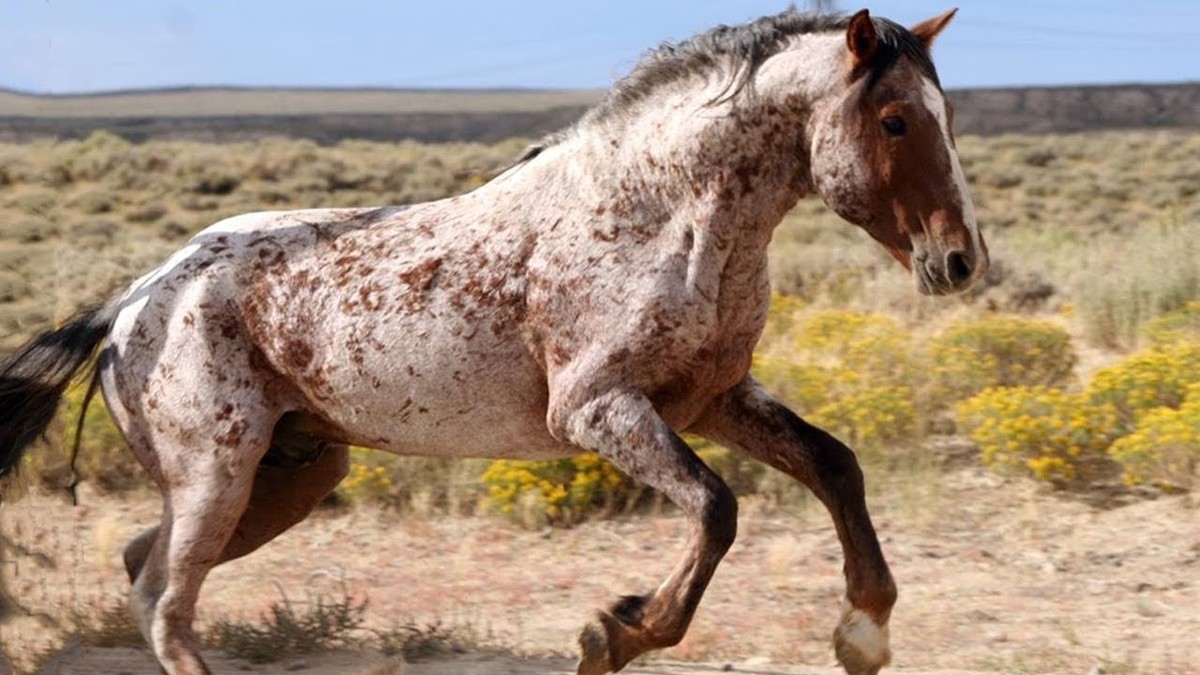
This beauty is a red roan quarter horse. You can tell it’s a quarter horse because of its well developed muscular hind end (AKA butt). A roan is a solid colored horse that has some white fur intermingled with its base coat.
Red roans have a chestnut base coat, but all those little white fur can make them look almost pinkish. They still have solid brown manes and tails, though.
Dapple Grey Coats Change With Age
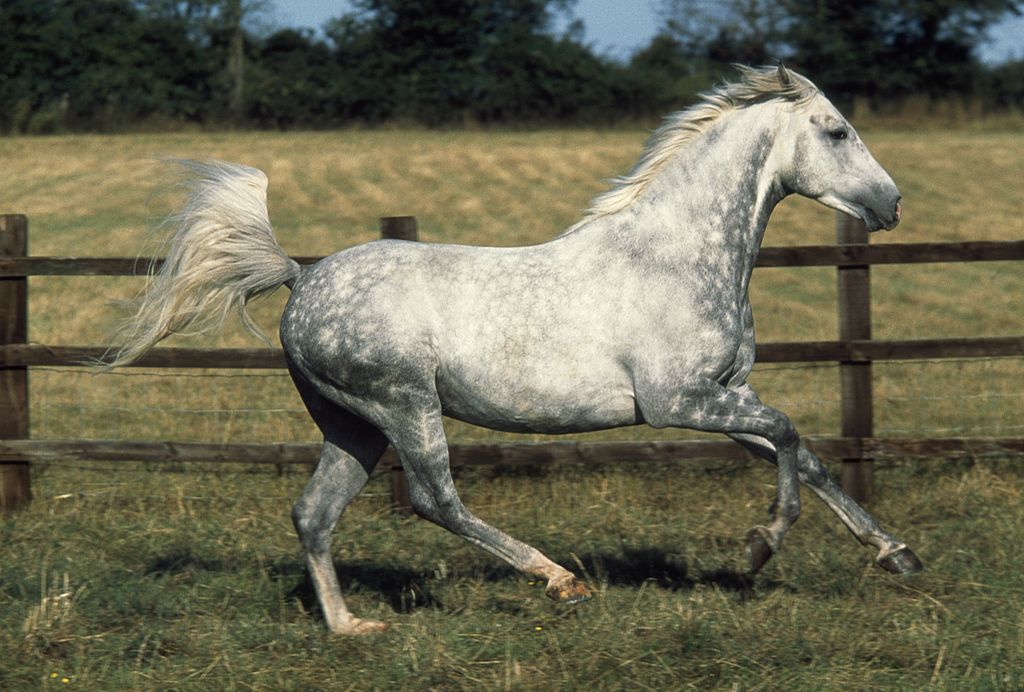
This is a dapple grey Arab or Arabian horse. When a horse’s coat is referred to as “grey,” it actually means that the horse is grey or white. White horses are also called “greys.” Most grey horses are born dark or even black, and then they turn white as they get older.
As they turn white, dapple “blooms” appear on their coat. The horse in this photo is probably younger in age because he still has his dapples.
This Paint Horse Looks Like It Was Dipped In Paint
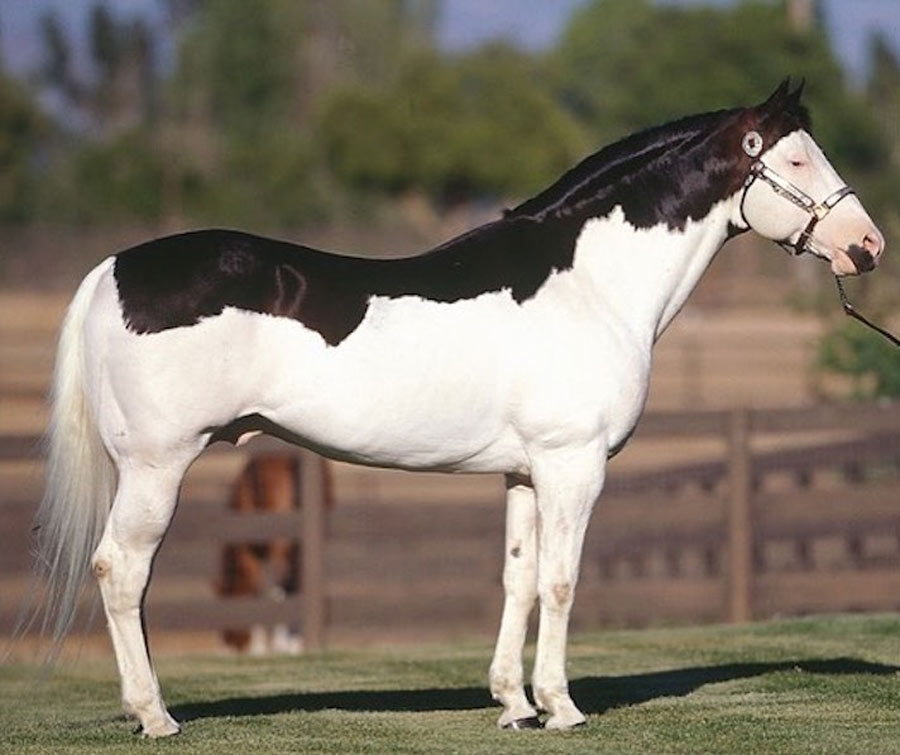
This horse is a paint, just like the one we saw earlier, only he has some pretty special patterning along his back. Instead of having several brown patches along his right side, he has one large brown patch on his back. His bottom half is completely white — at least, it’s completely white on this side of his body. He also has a small brown patch on his muzzle.
This horse almost looks like two horses combined into one!
This Cremello Horse Is Extremely Shiny
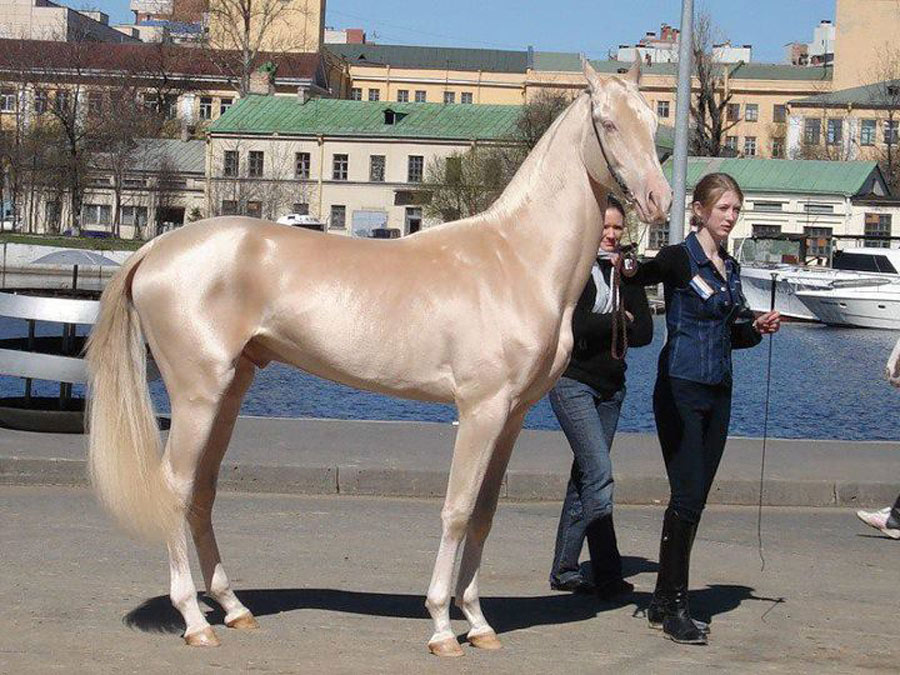
Horses with cremello coats usually have rosy pink skin and pale blue eyes. They are technically chestnut horses, but their coats are extremely light and pearlescent. The horse in this photo is an Akhal-Teke, which is a breed that comes from Turkmenistan. The Akhal-Teke is one of the oldest horse breeds on earth.
Cremello coats are a product of the “cream gene” in horses which results in a variety of coat colors.
This Perlino Is Enjoying The Sun A Bit Too Much
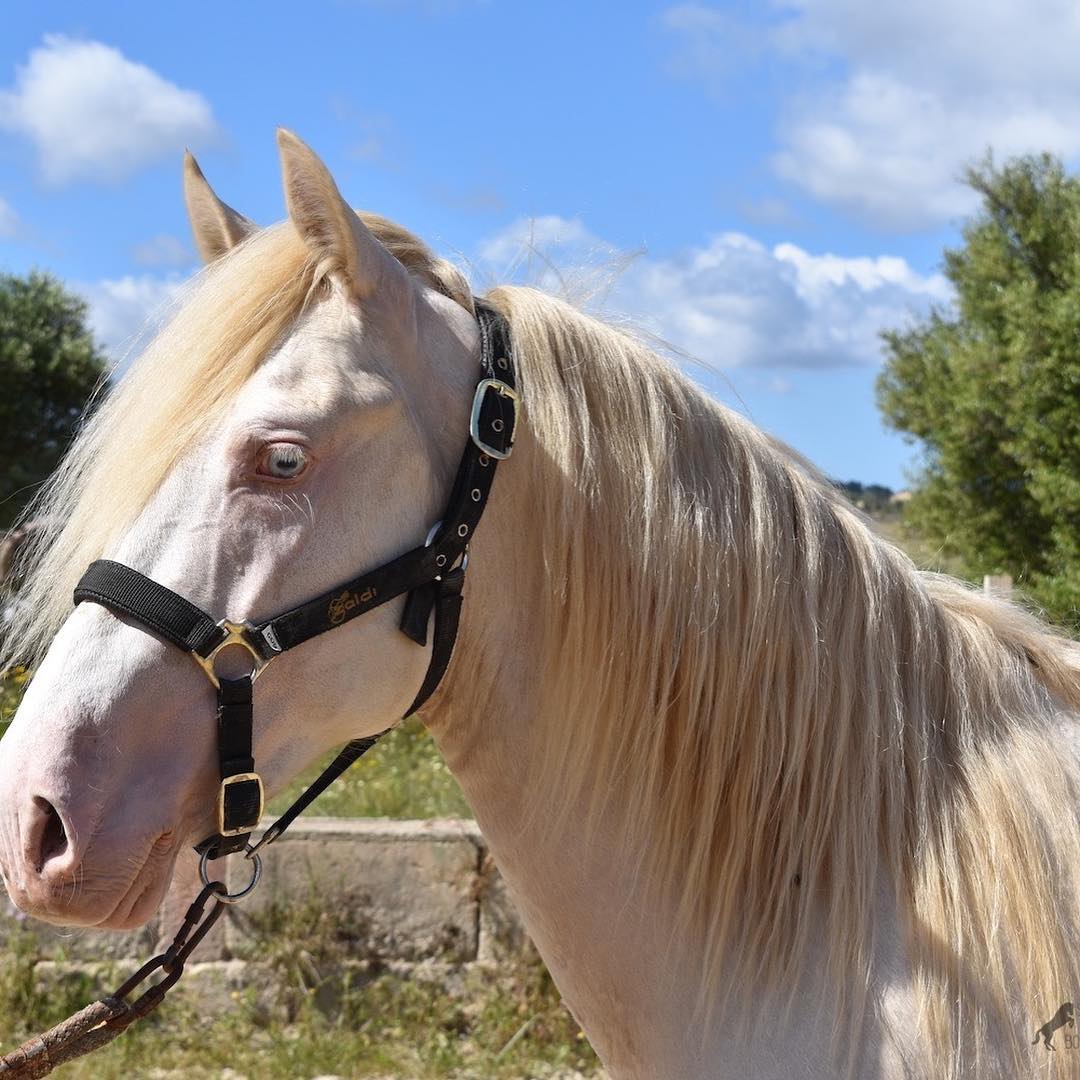
This horse has a perlino coat, which is another way the cream gene manifests itself in horses. Perlinos are homozygous cream bays. They have a bay base coat that’s been mutated by the cream gene. Bay horses have brown bodies with black manes and tails, but perlinos have cream-colored bodies with more reddish manes and tails.
It can be hard to tell all of the cream colored horses apart from each other, which is why a DNA test is sometimes necessary.
A Dapple Grey Paint Is A Rare Sight
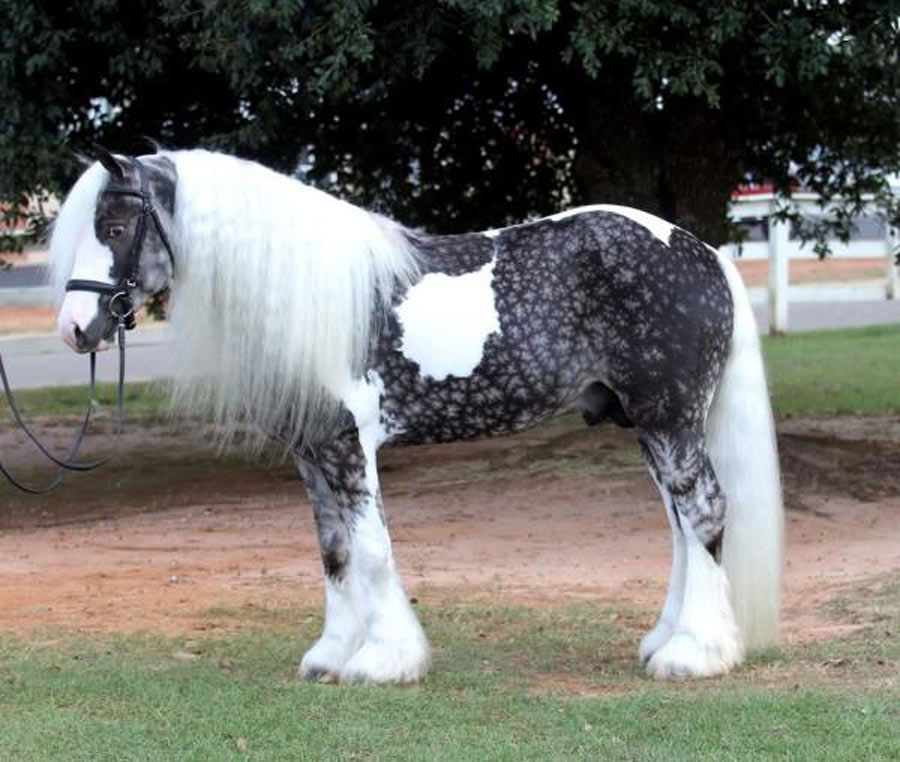
This horse is a combination of a dapple grey and a paint. He has a paint’s mottled coat pattern, but the darker patches on his coat are still dappled. This horse is likely quite young. As he gets older, the darker patches on his body might fade to white or light grey.
This horse also has feathers, which is the technical name for those long bits of fur around his feet.
This Silver Buckskin Looks Almost Ghostly
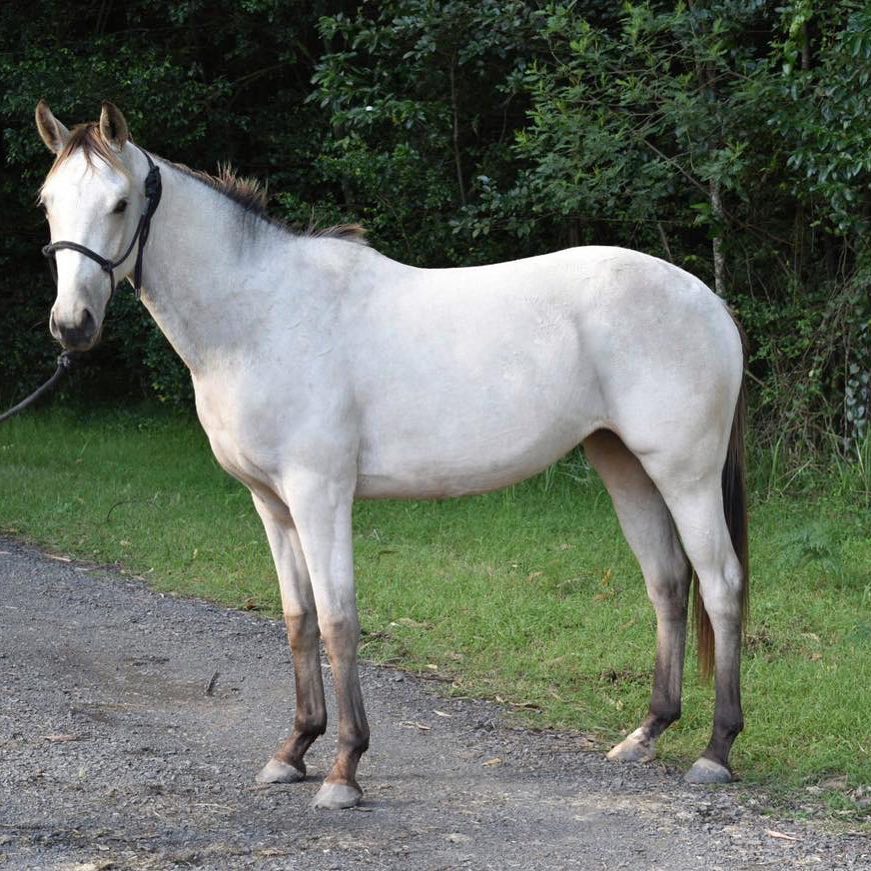
A buckskin horse is a horse with a tan body and a black mane and tail. A silver buckskin has a rare mutation of the silver dapple gene. They have grey bodies with black manes and tails.
This horse has darker legs, which is also characteristic of normal buckskins. Traditional buckskin horses with tan bodies also have darker black legs. Other breeds of horses have white “stockings” on their lower legs.
Palominos Are The Barbies Of The Horse World
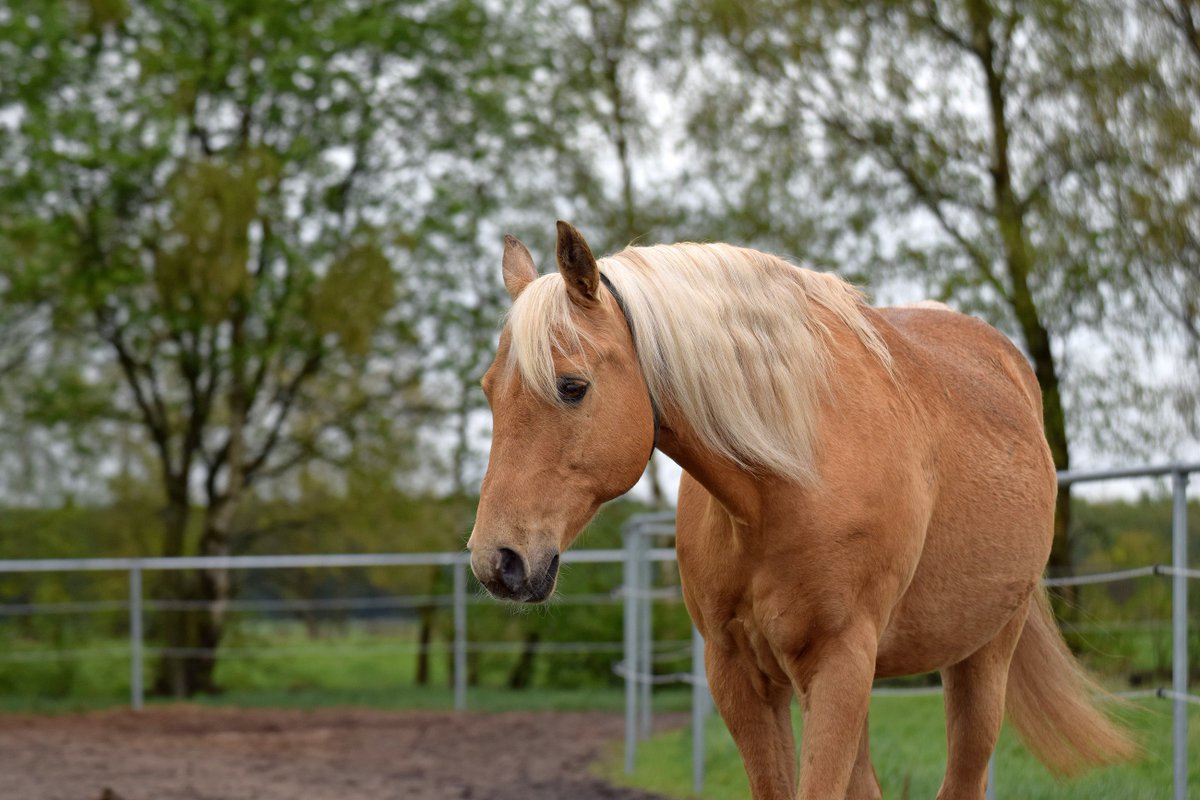
Palominos are super glamorous horses. They’re characterized by a golden tan coat and a blonde or white mane and tail. Like cremellos, palominos owe their coloring to the cream gene.
Palominos are pretty rare compared to common coated horses like chestnuts and bays. The palomino coat is actually a genetic variation on a chestnut coat, but straight chestnut coats are much more common than palomino coats. Some palominos are quite dark, and some are blonder.
These Horses Are Called Leopard Appaloosas For A Reason
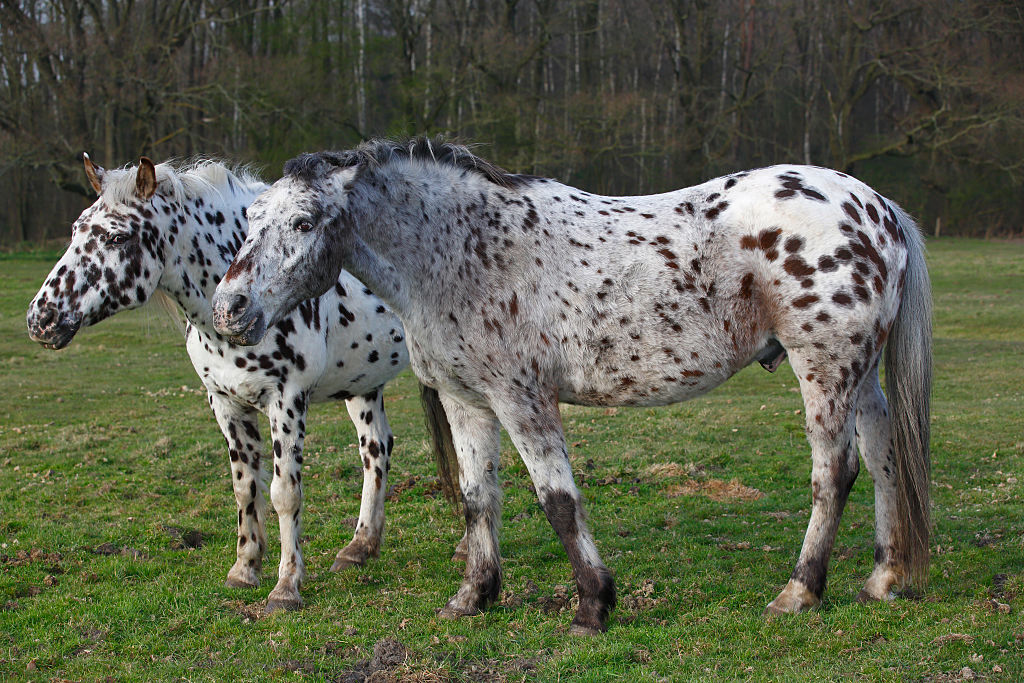
As we already know, appaloosa horses come in all different shapes and sizes. These are leopard appaloosas. Leopard appaloosas are white horses with dark spots that cover their entire bodies, including below their knees.
Advertisements
Like most other appaloosas, they have prominent scleras, which means you can see the white part of their eyes when their eyes are open and at rest. These appaloosas also have mottled manes and tails. They kind of look like overgrown dalmatians.
The Tiniest Appaloosa In The Land
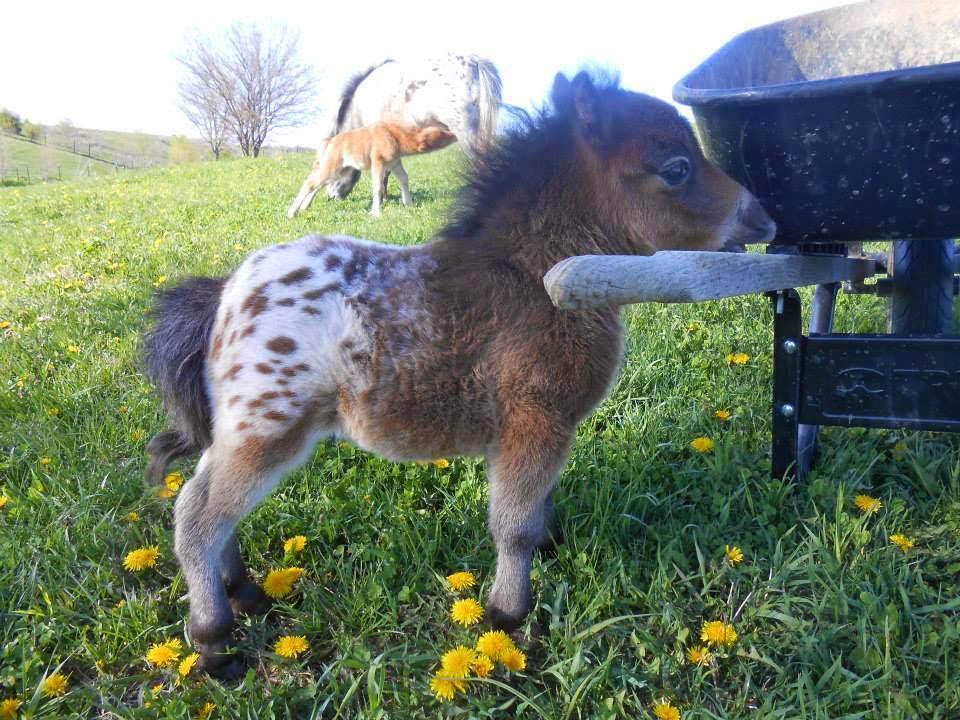
This is a mini horse. Mini horses are even smaller than the smallest breeds of ponies. By the way, for all of you horse newbs out there, ponies are not baby horses. A pony is a horse that is under 14 hands. “Hands” is a measurement specifically used for horses. One hand is four inches, and a horse’s height is measured from the floor to its withers, which is the spot where their neck meets their back.
This mini horse is a blanket appaloosa, which is kind of like a leopard appaloosa except the appaloosa coloring only covers a “blanket” of fur over the horse’s rear end.
Flaxen Manes Always Stand Out
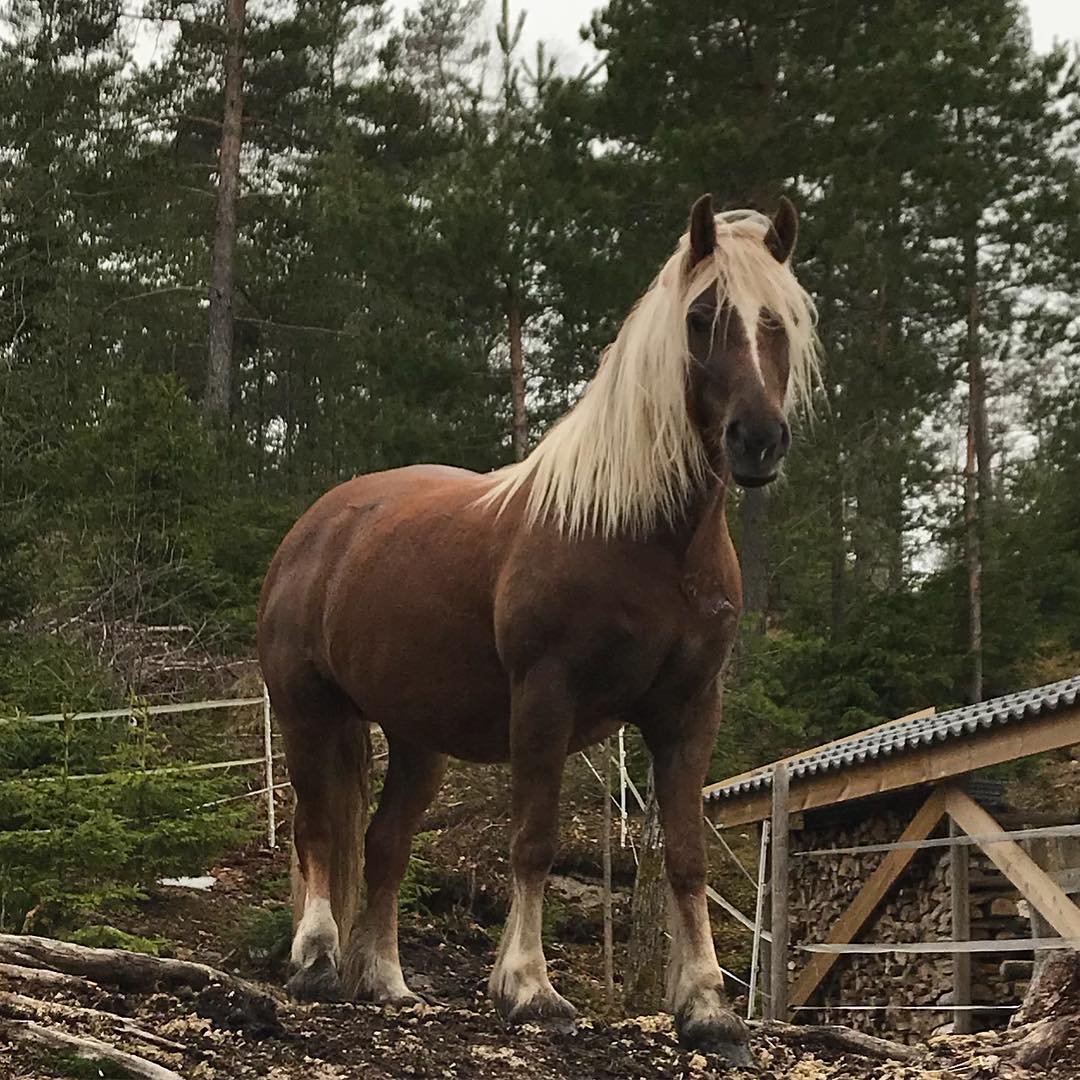
Horses with flaxen manes have manes and tails that are lighter in color than their bodies. This horse has a chestnut coat, a flaxen mane and tail, and a stripe on his face.
A “stripe” is a white face marking on a horse that extends down its nose. This horse has a star and a stripe that are connected. A “star” is a white face marking that appears as a dot on a horse’s forehead.
Brindle Is Better
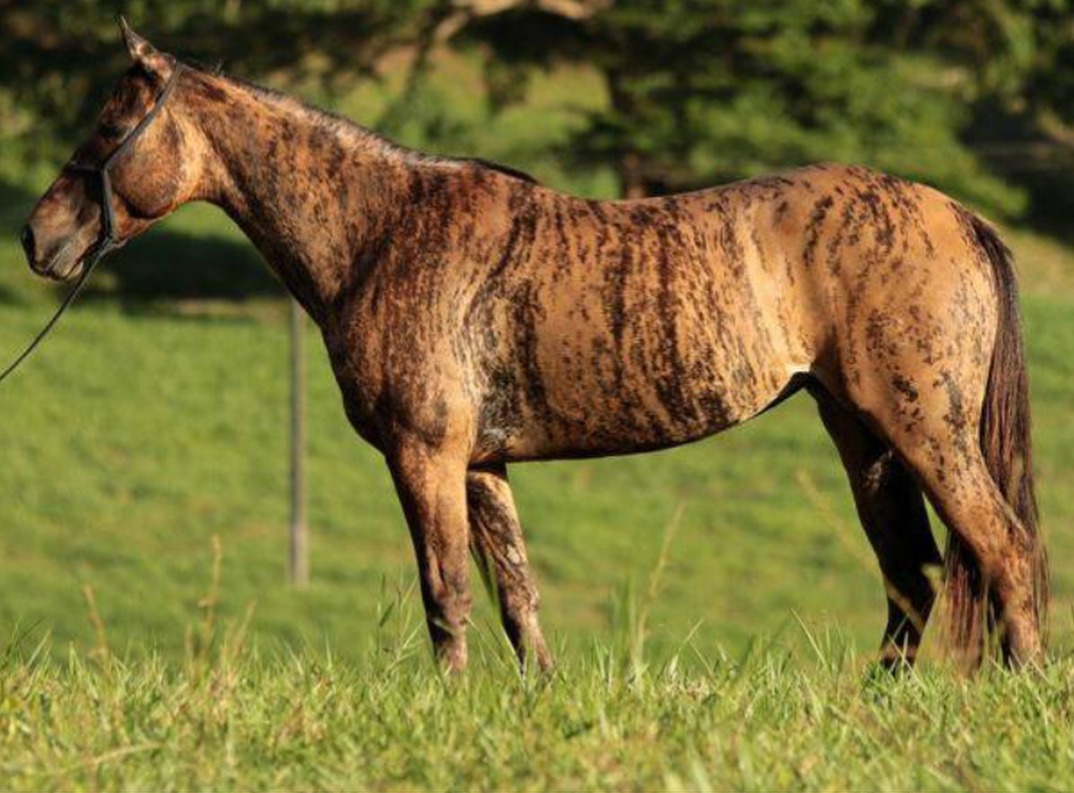
This is a horse with a brindled coat. Brindle horses are quite rare — much rarer than their spotted appaloosa friends. The brindle pattern (which appears as stripes on an animal’s coat) is mostly found on dogs, cattle, and guinea pigs.
Horses can inherit the gene that causes a brindled coat on rare occasions. This pattern is sometimes called tiger striping for obvious reasons. This horse kind of looks like a tall tiger.
Champagne Horses Are As Expensive As Their Name Suggests
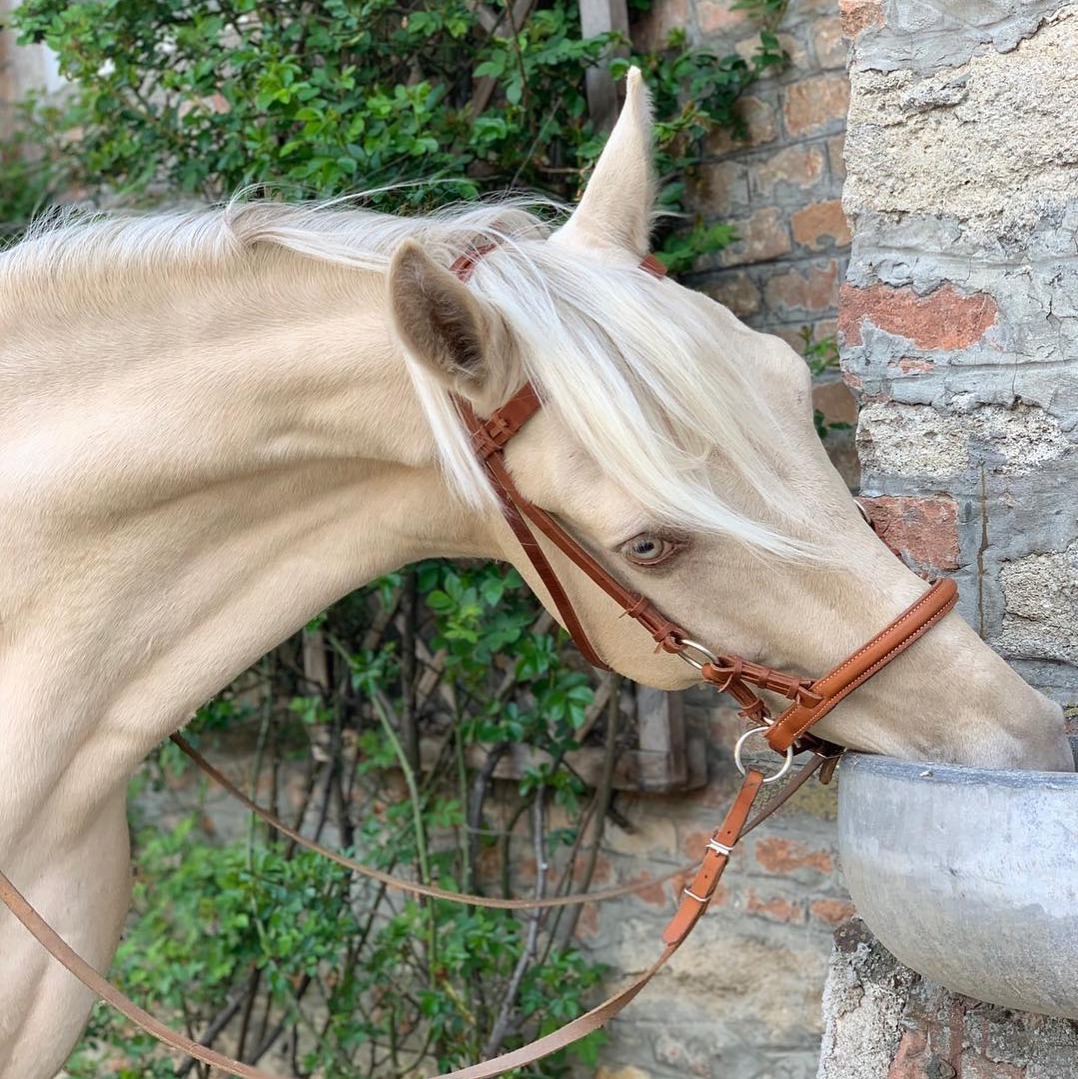
This is a gold champagne horse. The champagne gene affects a horse’s skin rather than its coat. Chestnut horses with the champagne gene almost look blonde because of their light skin. Most horses have dark or black skin, except in areas where they have white markings due to a lack of pigmentation.
If you look closely at this horse’s ears you can see that her skin is actually pink all over.
This Rabicano Knows She’s Special
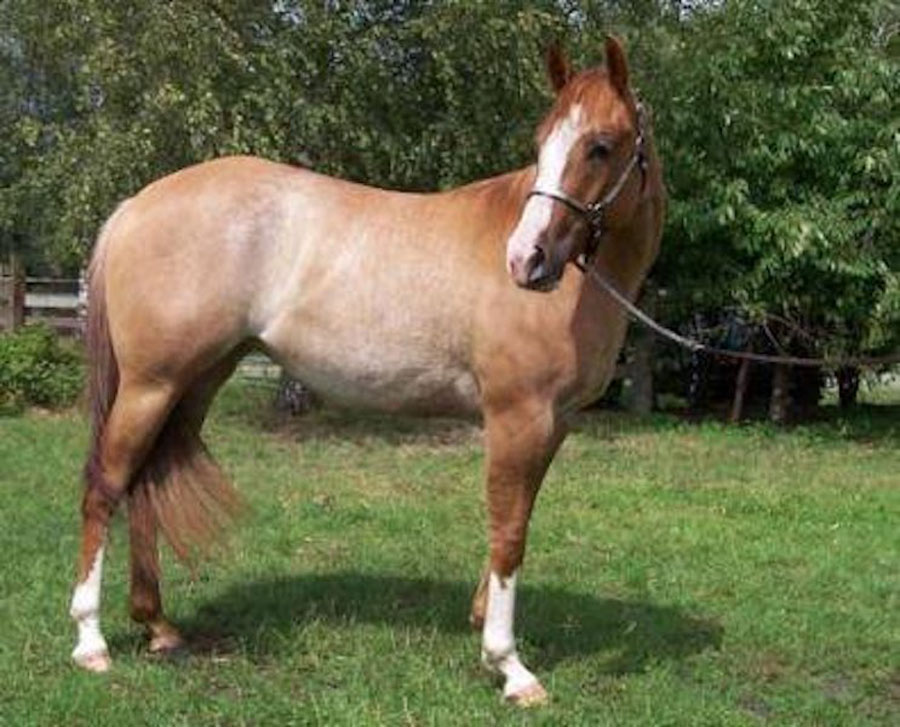
Horses with roaning around the top of their tails and around their flanks are known as rabicanos. Sometimes this pattern is called “white tickling.” Rabicanos aren’t true roans because those little white furs are restricted to certain areas of their body.
Most rabicanos have two-toned tails. The white fur extend down the tail to create a tail that’s white on top and brown on the bottom. The word “rabicano” is of Spanish origin. “Rabo” means tail and “cano” means white in Spanish.
Appaloosas Come In All Shapes And Sizes
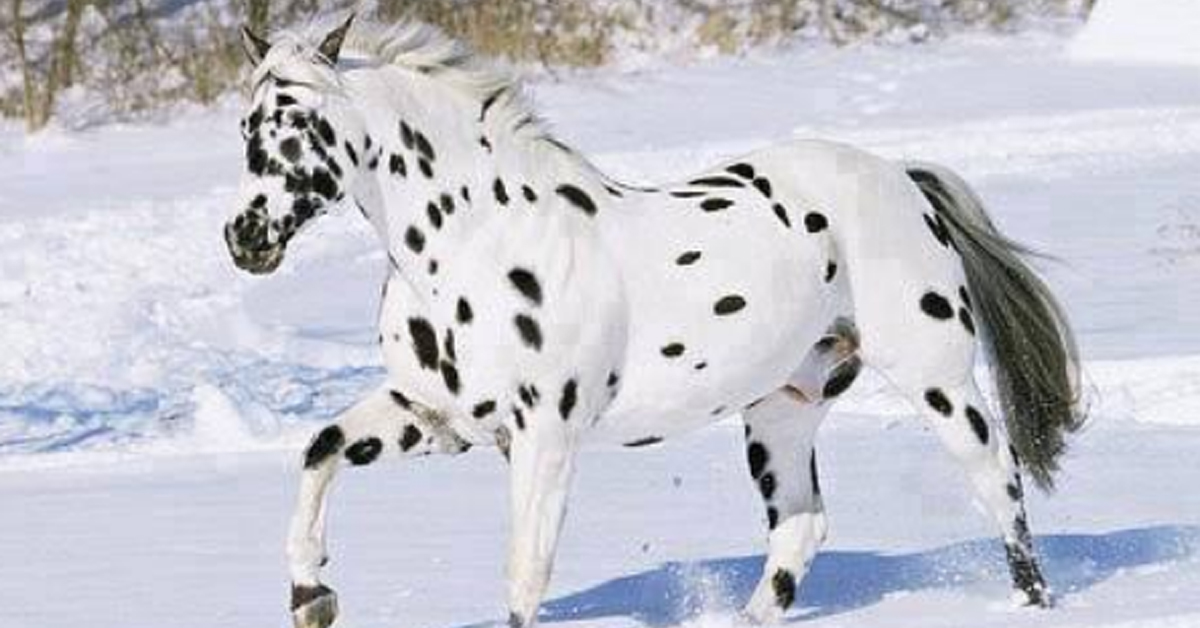
Appaloosas are horses with spotted coats. Like roans, Appaloosas are a combination of a common base coat color and the color of their spots. Darker appaloosas have white spots and lighter appaloosas have dark spots.
Appaloosa horses also usually have really bright eyes. The whites of their eyes, or their scleras, are visible, which is unique for horses. Appaloosas also have striped hooves, which is a result of their spotted pigmentation extending past their legs.
This Blue Roan Is Enjoying Her Lunch
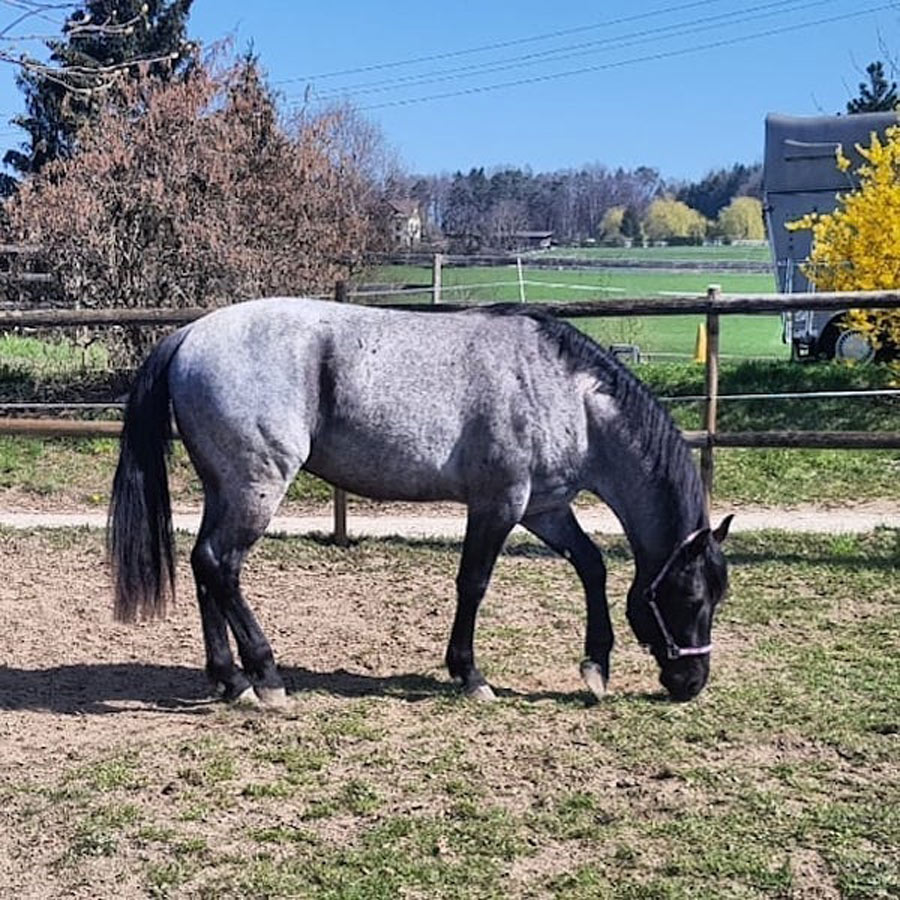
A blue roan is similar to a red roan, except instead of having a chestnut base coat, it has a black base coat. That base coat is interspersed with a bunch of little white hairs. The fur usually don’t extend into the mane and tail, though.
This blue roan has a black mane and tail, but sometimes blue roans have reddish manes and tails. The white coloring in their coats sometimes can make them look blue in certain lighting.
A Stroke Of Genius
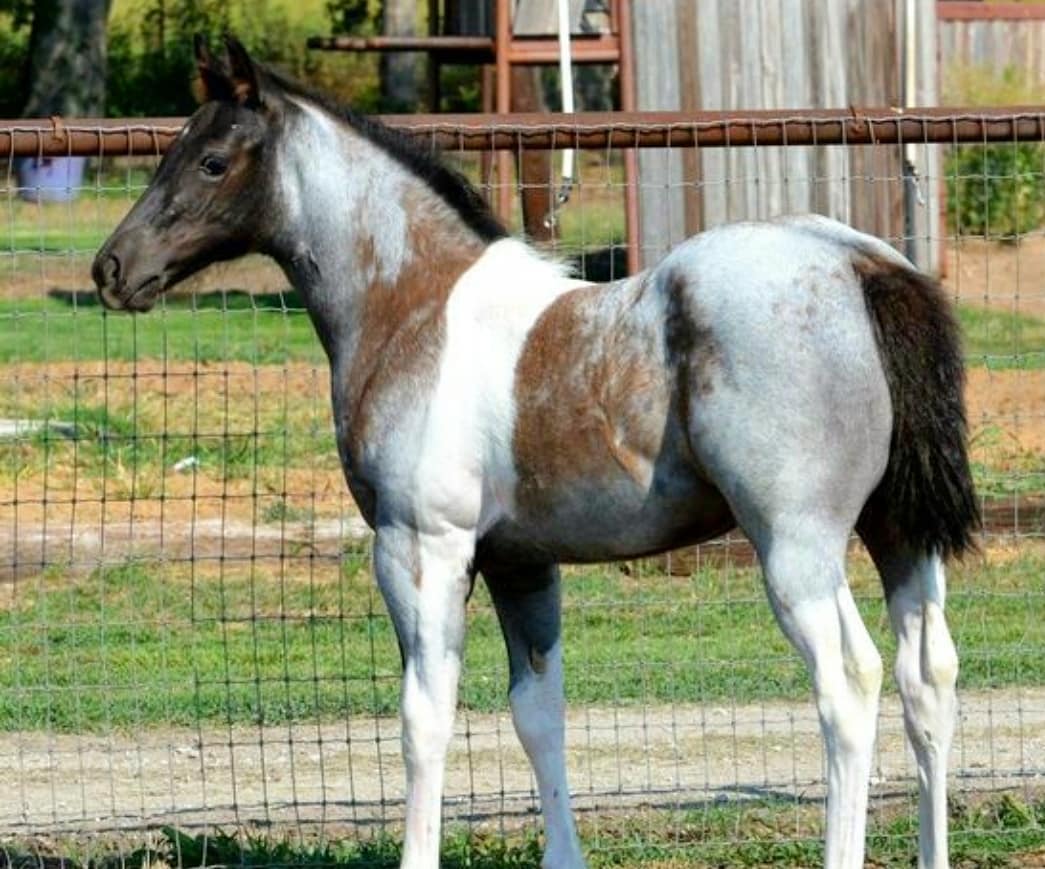
This little foal looks like a combination of a blue roan, a red roan, a grey, and a paint. It’s almost like having four horses in one. That white stripe along its withers makes it look like someone took a paintbrush dipped in white paint and just painted one stroke from the ground, up the horse’s leg over its withers.
Horses that look like this are extremely rare. This little foal is truly one of a kind.
A Horse That Says It’s A Horse
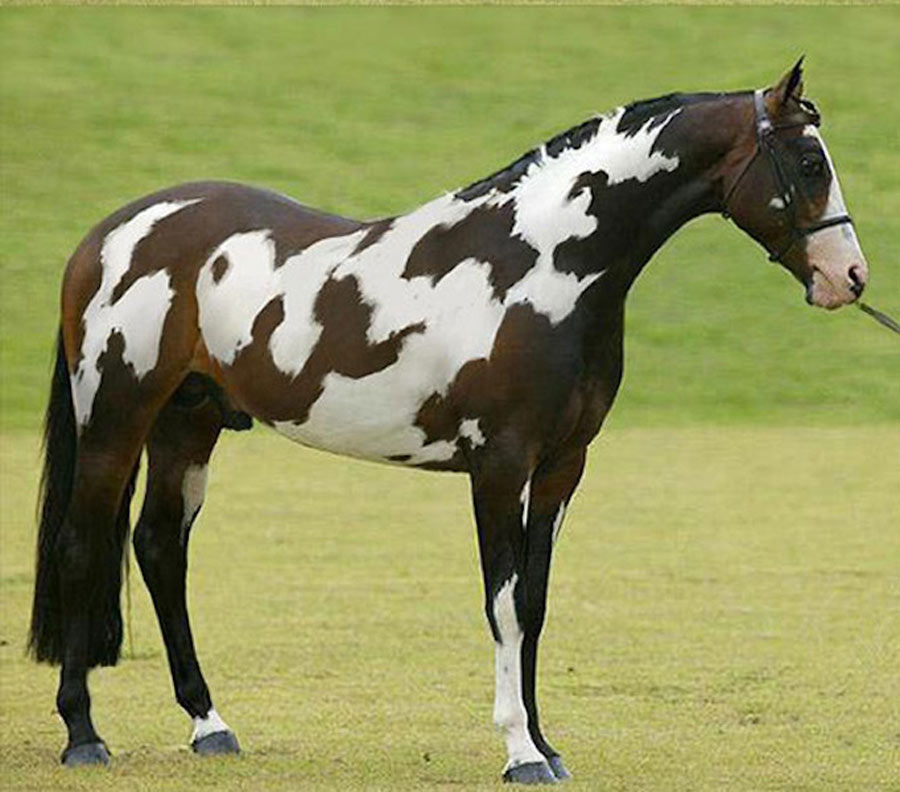
If you look closely at this horse’s body, you can see that the white patches along his side actually come together to form the letters in the word “horse.” The lower case “h” is on his hind end, and the upper case “e” is on his neck.
Sometimes people can find neat shapes in a paint’s patches, but this might be the first time anybody’s found the entire word “horse” on a horse!
Classic Champagne
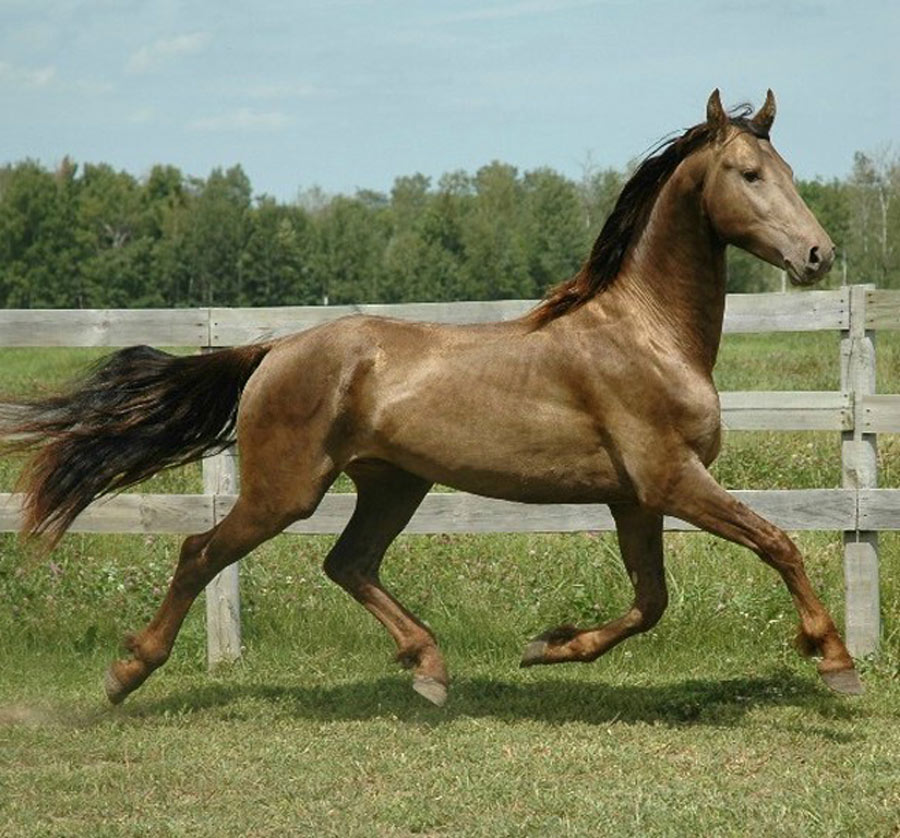
Sponsored Links
We talked about one champagne breed earlier now here is a different one. This is the Classic Champagne breed of horse. Its genes change the dark hue and make its skin appear lighter.
This horse you see here is a great example of that. The black coat she would normally have looks more like a soft brown. If you’re getting one of these breeds, be sure to know what to look for out there!


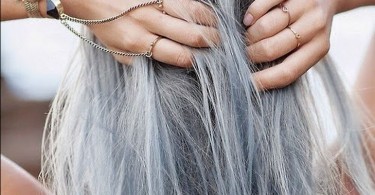
Comments